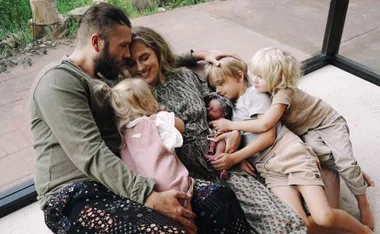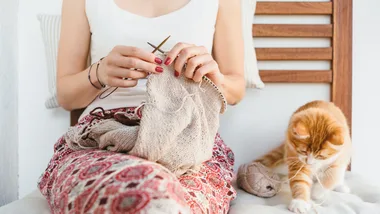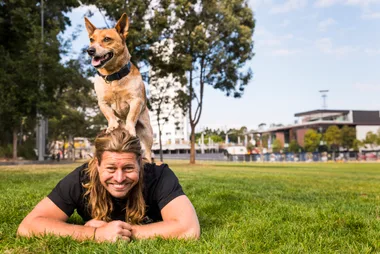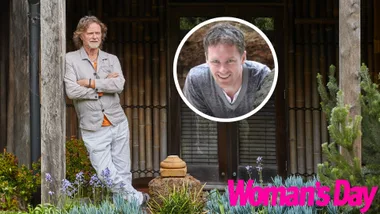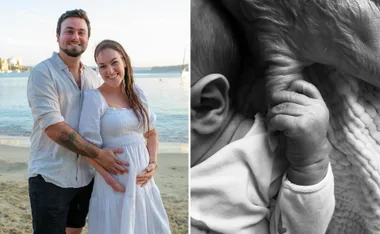Two parents and a couple of kids used to be the norm. But these days, thanks to rocketing property prices, all sorts of people find themselves living together.
Navigate the pros and cons of co-habiting with these tips to help make yours a happy home, whatever your living arrangements.
The Housemates
Students have long lived together as a way to find cheap digs, but more older people now find themselves sharing too, perhaps after divorce.
The main thing to consider is the housemates. They might be friends or strangers, but remember friends are different to live with than drink with. Even if the house/room/neighbourhood is perfect, think hard about the people and whether they’re likely to get on your nerves, and vice versa.
Then make sure everything concerning rent, bills, chores and ground rules is set down in writing.
Parents
Australians are marrying later, so more adults live with their parents for longer. It’s a great way to save, but can have drawbacks.
“Your parents will want to know far more about your personal life than you may like, and you will remain a child in their eyes,” says Barbara Toner, author of What To Do About Everything: A Manual For Domestic Life.
The key is to pay board. “It won’t buy you an equal say, but it will confirm your adult status,” she says. Don’t treat the place like a hotel and don’t forget to talk. They’re your parents, not your landlord.
Grown-up children
Since the early 1970s, changes to income and education policies and the Australian labour market, have led to a reduction in real terms of the income of people aged 15-25*. Meaning many adult children simply can’t afford to move out.
Allowing yours to stay at home could help them save, but don’t let them take advantage. You’re their parents, not their cleaner, or ATM for drunken nights out. Try not to judge those nights out. There’s a big difference between taking an interest in your child’s life and trying to control it.
Elderly Parents
This often happens when the parent is no longer able to care for themselves. When you live with them, you automatically become their carer, whether you or they like it or not.
“This can entail 24-hour alertness and anxiety,” says Barbara. “And most elderly parents will feel torn between relief they are now in loving hands and guilt for the trouble they are causing.”
It’s easy to patronise a parent when roles are reversed. Don’t forget they still deserve respect as your mum or dad. If things get too much, seek professional help. If your elderly parent is in good health, don’t treat them as a free babysitter or cleaner.
The In-Laws
Similar to living with your parents, with the added element of piggy-in-the-middle. “The catch with in-laws is the exquisite tension created by the belief that you each have first claim on the person common to you,” says Barbara.
His mother might find it hard to accept her boy’s got a wife of his own. Her father might think no man is good enough for his princess. Remember you all love the same person, and never make that person choose between you.
Set boundaries before you move in – perhaps chores are shared equally – have regular private time with your partner, and never get involved in their family arguments.
The Lodger
Increasingly people, including couples and even families, are taking in a lodger to make ends meet.
Usual houseshare rules apply for them and you – be tidy, set ground rules and consider how they might get on with you and your children. Draw up a tenancy agreement that includes a notice period in case things don’t work out, and take a deposit to cover damage.
You should also let your home insurer and mortgage lender know you’ve taken a lodger. Try to consider them as more than a dollar sign – they might just become a good friend.
Newsletter conversion description. Get the latest in your inbox.

.jpg?resize=380%2C285)
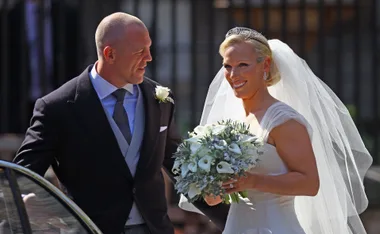

.jpg?resize=380%2C285)
.png?resize=380%2C285)

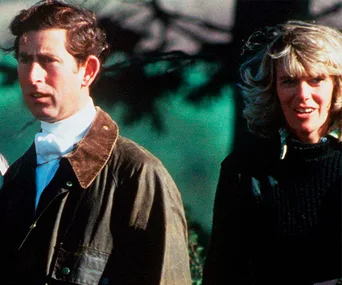









.jpg?resize=380%2C285)






